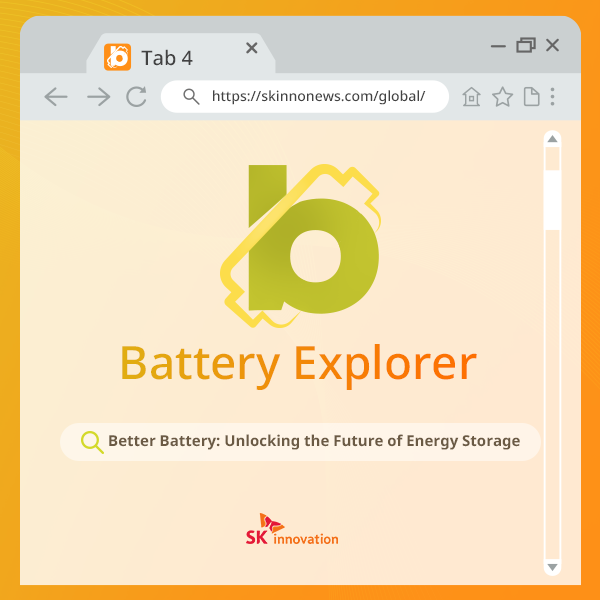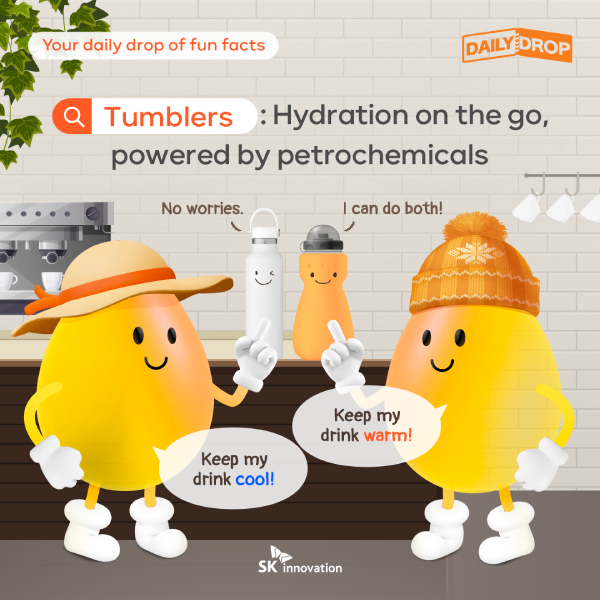 Trends & Reports
Trends & Reports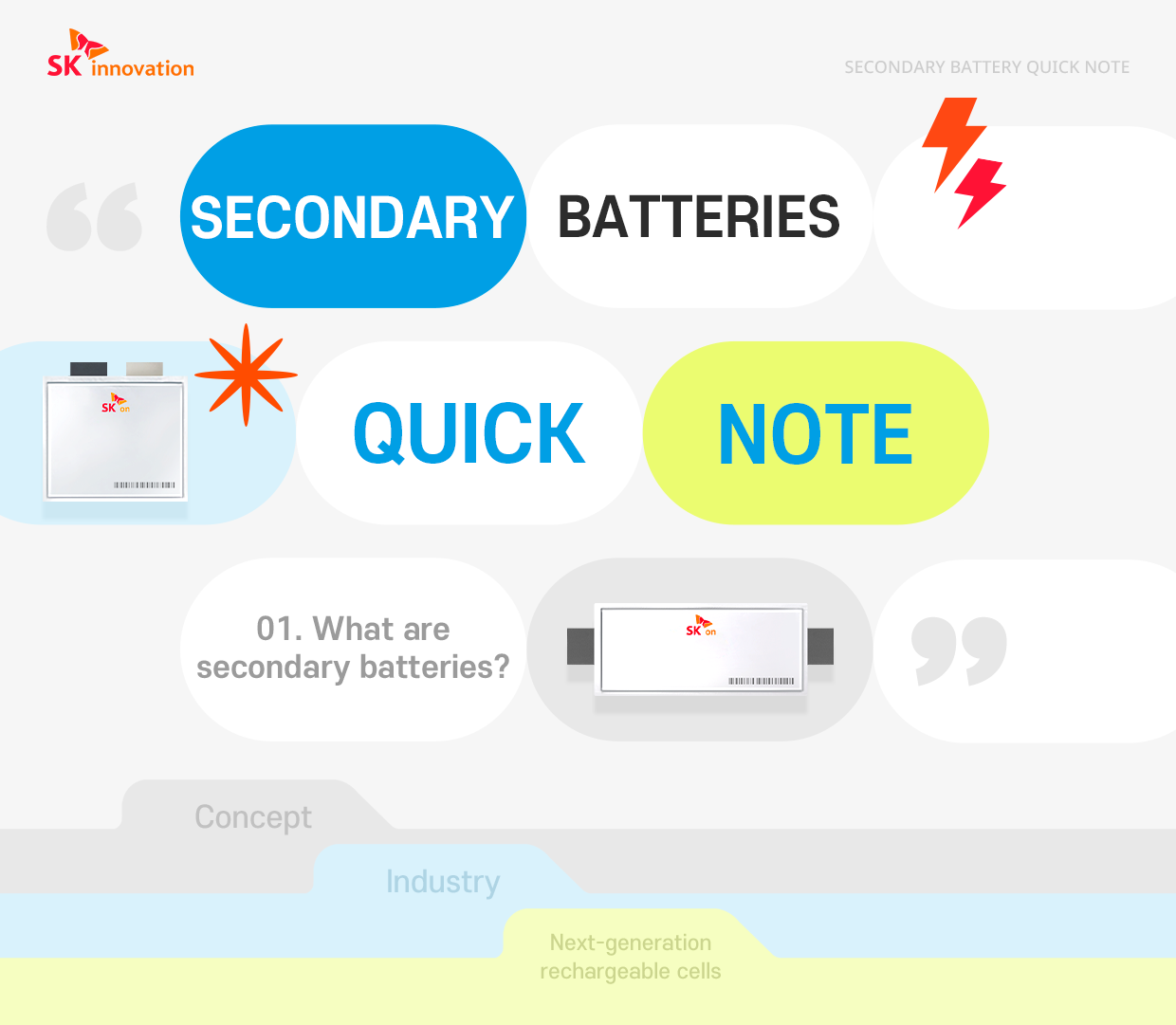
Secondary batteries are widely used in our daily lives, from electronic devices like cell phones and laptops to cordless home appliances such as hair dryers, electric shavers, and vacuum cleaners. They are also equipped in electric vehicles (EVs) and have become the talk of the town in recent years.
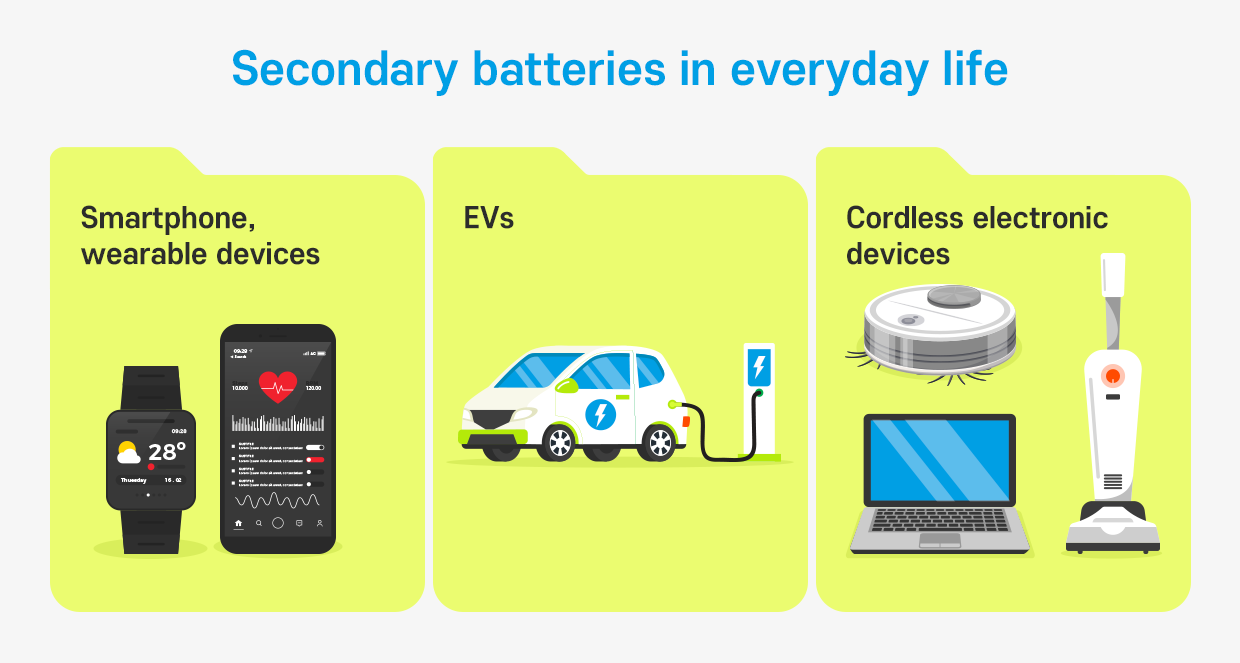
But what exactly is a secondary battery? Did you know that the first secondary battery was invented earlier than alkaline batteries that are easily purchased at a convenient store?
| Why are they called ‘secondary’ cells?
The name ‘secondary’ indicates that the original source of the energy this type of battery provides is from a second source (power generators, battery chargers, etc.) rather than the materials that comprise the battery, as in a primary battery. Also, unlike primary batteries (e.g., alkaline batteries), which are often discarded after a single use, secondary batteries are rechargeable, so they are also called rechargeable batteries. They have another name, storage batteries, as they can accumulate and store electricity inside the cell.
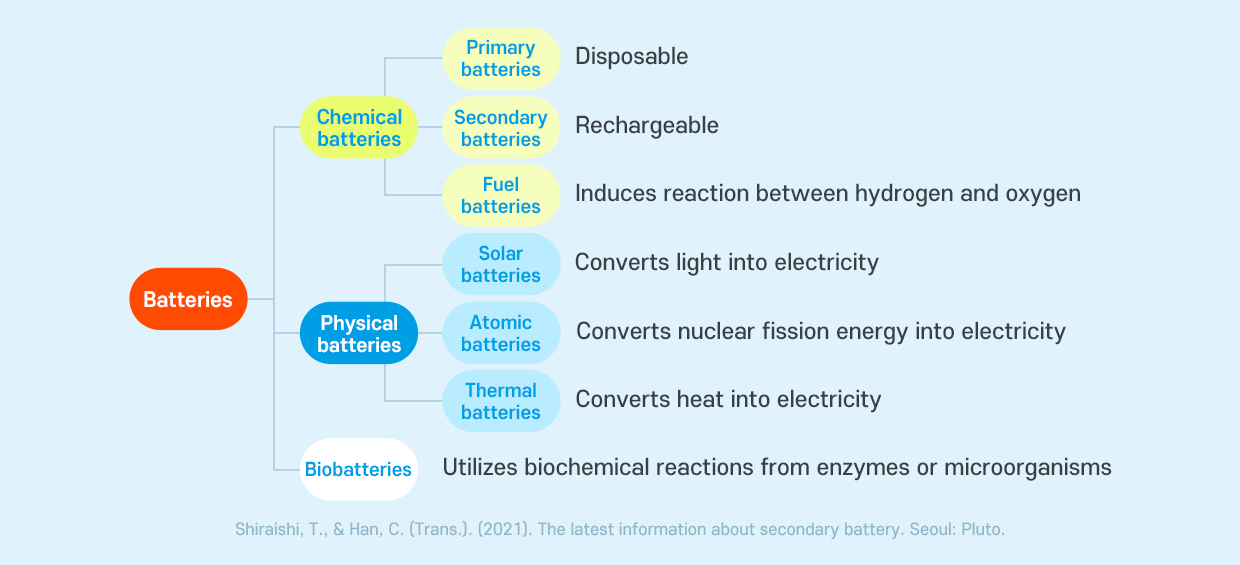
| The history of secondary batteries
A French scientist, Gaston Planté, invented the first rechargeable battery in 1859, which is 59 years after the invention of the world’s first electrochemical cell – the Voltaic Pile.
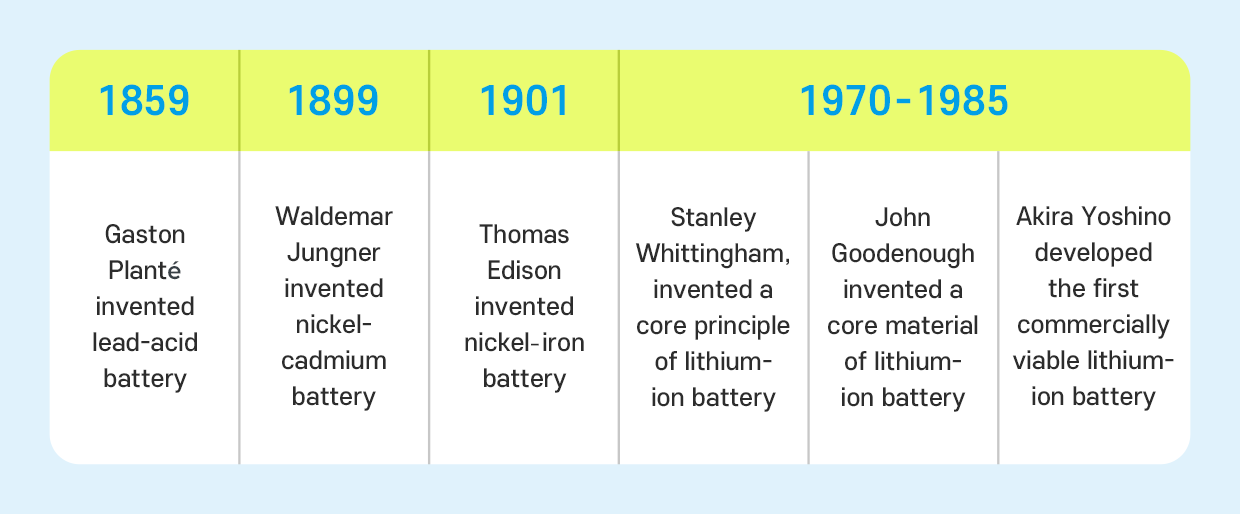
| Types of secondary batteries
Secondary batteries generate electrical energy through an oxidation-reduction reaction*. By using different combinations of oxidizing-reducing substance materials, various types of secondary batteries can be created, such as lead-acid, nickel-cadmium, nickel-iron, lithium-ion, and lithium-ion polymer batteries.
*Oxidation-reduction reaction: Oxidation is when a molecule, atom or ion gains oxygen or loses hydrogen or electrons. The opposite of oxidation is reduction. The oxidation-reduction reaction occurs simultaneously.
Among them, the most common one is lithium-ion (Li-ion) secondary battery, which is forecasted to account for 95% of the overall battery market by 2030, according to a report released in July 2023 by SNE Research.
| The structure and advantages of Li-ion batteries
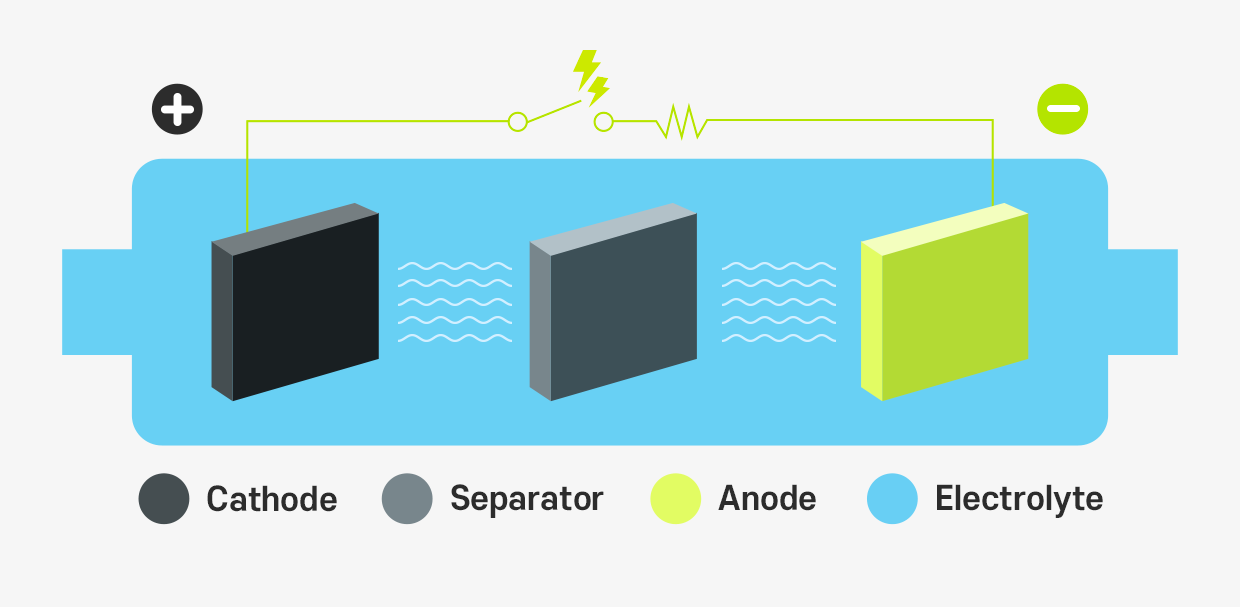
| Cathode | An electrode where lithium-ions receive electrons during discharge and a reduction reaction occurs |
| Seperator | A barrier that prevents the short circuits of anodes and cathodes |
| Anode | An electrode where lithium-ions emit electrons during discharge and an oxidation reaction occurs |
| Electrolyte | A substance that facilitates the electrochemical reaction of anodes and cathodes by prompting the movement of lithium-ions (Carbon prompts movement by graphite, and organic solvents by organic solvents) |
Since lithium is the lightest metal on earth, Li-ion batteries are lighter and smaller in volume than other existing secondary batteries, so they are used in portable devices like cell phones. Li-ion batteries have higher energy density and excellent charging efficiency, which means they can be charged faster and last longer, thereby being widely installed in EVs. Moreover, they do not contain environmentally regulated substances like cadmium, lead, and mercury.
| Efforts to improve performance of Lithium-ion batteries
Since its commercialization in 1991, the performance of Li-ion batteries has improved significantly through various efforts in the industry. Its performance is influenced by several factors, such as energy density*, safety, charging speed, and the number of charge cycles.
*Energy density: It is the amount of energy stored per unit volume or weight. A higher energy density indicates better battery performance.

● Z-folding technology: intersects and stacks cathodes and anodes evenly between separators in a zigzag shape to minimize cell stress and prevent physical contact between electrodes, reducing the potential risks of fire.
● Coating technology: enhances lithium-ion conductivity and rapid charging performance throughout the charging cycle.
● Cathode material technology: maximizes energy density while boasting superior capacity, thermal stability, and cycle performance compared to existing batteries by utilizing high-nickel cathode materials.
| Rechargeable battery industry
Rechargeable battery has emerged as a key industry with economic and environmental benefits, enabling the transition to low-carbon energy sources. As EV adoption continues to rise worldwide, the importance of battery performance, including lifecycle, energy density, and safety, is becoming increasingly pronounced. Therefore, developing and producing the next-generation secondary battery is now critical for battery makers to lead the market.
| Next-generation secondary batteries
There are different types of next-generation rechargeable batteries. Here are some examples:
| Type | Description | Advantages |
| All-solid-state | Using solid electrolyte instead of the liquid electrolyte in existing Li-ion batteries | Improving battery safety |
| Lithium-metal | Replacing the anode material in existing Li-ion batteries from graphite to lithium metal | Enhancing battery capacity |
| Lithium-sulfur | Replacing the cathode and anode materials in existing Li-ion batteries with sulfur and lithium metal | Enhancing energy density and cost competitiveness |
| Sodium-ion | Using Na-ions instead of Li-ions | Improving cost competitiveness and supply stability |
Korea Institute of S&T Evaluation and Planning. (2023, November 22). KISTEP Brief 96
In the upcoming episode, let’s follow us to check the second Quick Note: All-solid-state batteries.










 Youtube
Youtube Facebook
Facebook Instagram
Instagram Linkedin
Linkedin















